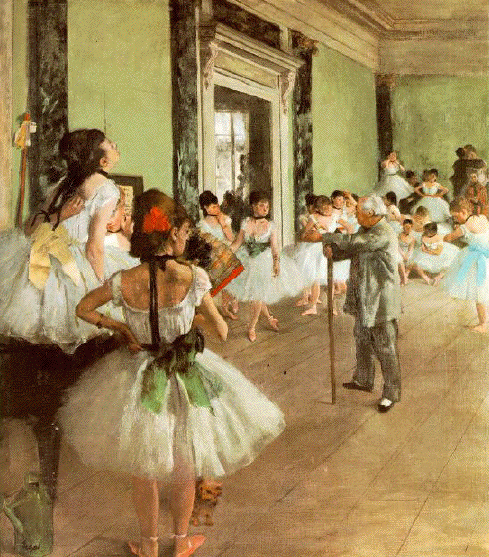
Ballet continued its important role in the 19th century, but in the Romantic era it achieved consideration by composers as a unified dramatic form independent of opera. This was accomplished with great success by the Frenchmen, Delibes and the Russian, Tchaikovsky. Dramatic expression was achieved by the music and its corresponding dance, which was performed by soloists and ensembles, serving the same purpose as the vocal solo and chorus in opera.
Instrumental music written for the ballet continued into the 20th
century in a form that was much more concise
than its predecessors, and in a form that was much more
abstract than the set of closed dances that made up the classical
ballet. Most of the ballets of the 20th century were in one
act, with one or more scenes. The music rarely consisted of
set dances but was rather in the form of a highly
rhythmic symphonic tone poem, interpreted by the dancers in appropriate
pantomime and dance gestures. In modern dance the stylized figures
of the dancers of the classical tradition gave way to free
gestures and movements, symbolizing the drama
in collaboration with the musical symbolism of the orchestral score.
Dance was one of the most successful vehicles for presenting modern music
to a receptive public. In the United States
it was the most successful form of dramatic music. Dance music
constituted one of the most frequently heard forms in orchestral concert
programs because the music could be presented in its entirety or in suites
made up of selected scenes from the score.
